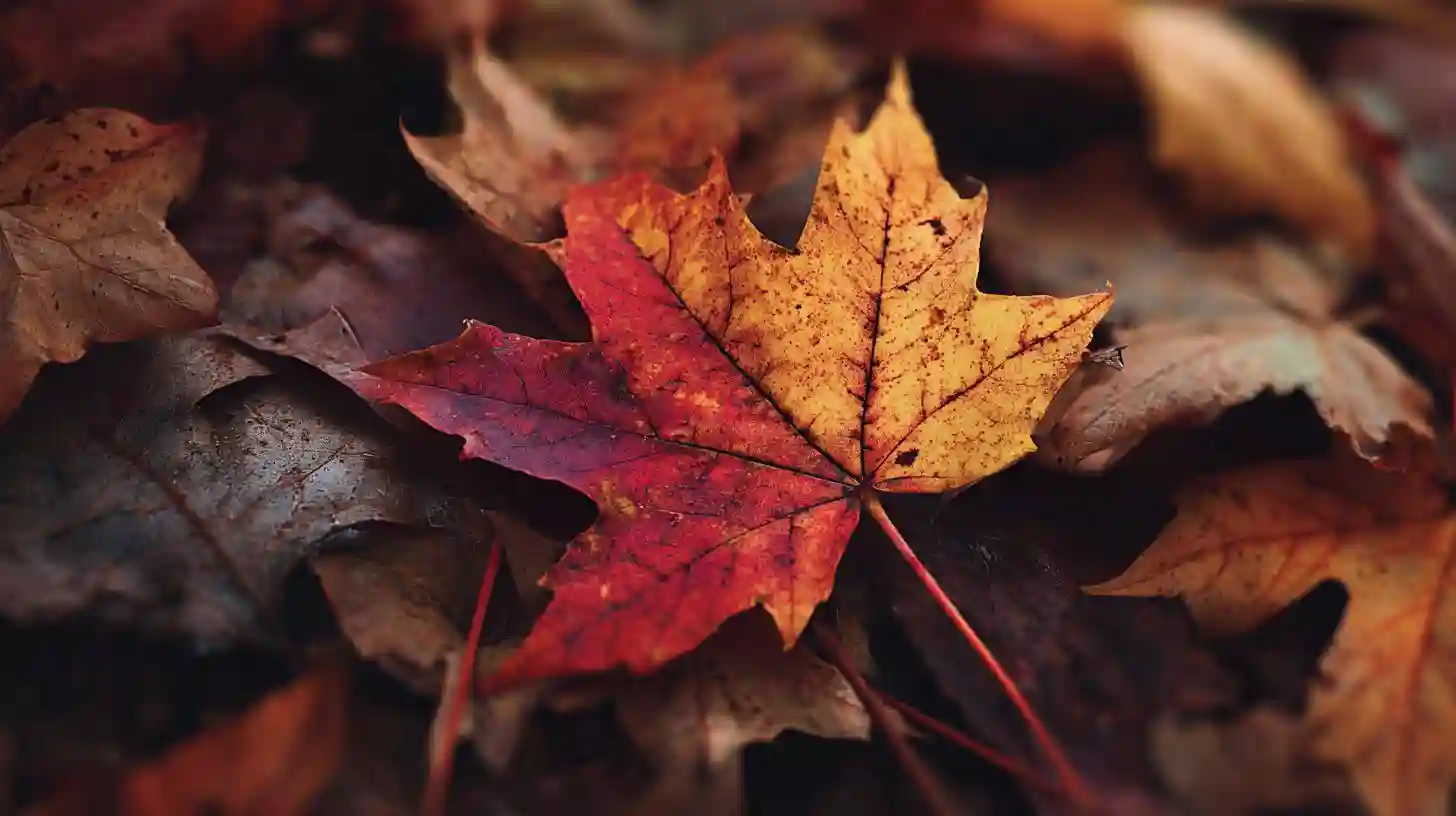
As the crispness of fall settles into the air, one of the most enchanting and iconic features of the season is the transformation of leaves. Trees that were once adorned with vibrant greens now glow with shades of gold, orange, red, and purple, creating a picturesque landscape. This stunning phenomenon has fascinated humans for centuries, but what exactly causes leaves to change color? The answer lies in a combination of plant biology, chemical processes, and environmental factors. The key to understanding this transformation begins with chlorophyll, the pigment responsible for the green color in leaves during the spring and summer months.
Chlorophyll plays a vital role in photosynthesis, the process by which plants convert sunlight into energy. Throughout the warmer months, chlorophyll is produced in large quantities, allowing the plant to efficiently capture sunlight and produce the energy it needs to grow and thrive. However, as the days grow shorter and temperatures cool in the fall, trees begin to prepare for the coming winter months. This preparation involves a reduction in the production of chlorophyll, and as the chlorophyll breaks down, the green color fades from the leaves, making way for other pigments that were previously masked by the dominant chlorophyll.
One of the first pigments to become visible is carotenoid. Carotenoids are responsible for the yellow and orange hues that appear in the fall. These pigments are always present in leaves, but they are typically overshadowed by the more abundant chlorophyll during the growing season. As chlorophyll breaks down and fades, the yellow and orange carotenoids are revealed, giving the leaves their characteristic warm glow. Carotenoids are also found in other parts of plants, such as carrots, corn, and pumpkins, and they are important because they help protect the plant from damage caused by sunlight.
While yellow and orange are the first colors to emerge, the striking reds, purples, and deep burgundies are created by a different pigment altogether: anthocyanin. Unlike carotenoids, anthocyanins are not present in the leaf throughout the growing season. They are produced in response to cooler temperatures and the reduction of sunlight as autumn progresses. The presence of anthocyanin results in the brilliant red and purple colors that many people associate with fall foliage. Interestingly, the exact reason why anthocyanins are produced in the fall is still a subject of scientific debate. Some researchers believe that anthocyanins serve as a form of protection for the leaf, helping to prevent damage from excess sunlight or the effects of freezing temperatures. Others suggest that anthocyanins might play a role in attracting animals to help disperse seeds or protecting the tree from herbivores during the winter months.
In addition to these pigments, the timing of leaf color change and the intensity of the colors can vary depending on environmental factors such as temperature, light, and water availability. For example, trees that experience warm, sunny days followed by cool, crisp nights tend to exhibit the most vivid color changes. The combination of light and cool temperatures increases the production of anthocyanins, intensifying the red and purple hues. On the other hand, if a tree experiences a warm and dry autumn, the color changes may be less vibrant, and leaves may fall prematurely without reaching their full color potential. Similarly, a wet and cloudy autumn season can also result in duller colors, as the lack of sunlight reduces the production of anthocyanins.
While the exact mechanics of why leaves change color can vary from tree to tree, there are some general patterns to observe. Deciduous trees, which shed their leaves in the fall, are more likely to undergo dramatic color changes than evergreen trees, which retain their foliage year-round. In addition, some tree species are known for their particularly vibrant autumn displays. Sugar maples, for instance, are famous for their striking red and orange hues, while oaks and birches often exhibit more muted yellow or brown tones.
The color change in leaves serves as a crucial part of the tree's survival strategy. As the leaves prepare to fall, the tree begins to reabsorb nutrients from them, a process that helps conserve energy and resources for the winter. The changes in color and the eventual shedding of the leaves are a way for the tree to conserve water and protect itself from the harsh winter conditions. Once the leaves fall, the tree enters a dormant state, conserving its energy until the warmth of spring returns and new growth begins.
This remarkable process of color change not only adds beauty to the natural world but also plays a vital role in the survival and adaptation of trees to changing seasons. The vibrant colors of fall are not just a visual treat for us, but a reminder of the intricate and awe-inspiring processes at work in the natural world. As the leaves change color and fall to the ground, they leave behind a season rich in both science and beauty, marking the passage of time and the cyclical nature of life itself.